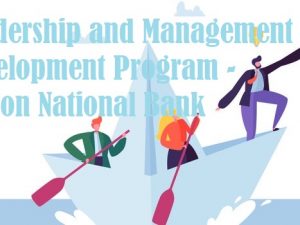Description
Take an organization or industry of your choice that carry out outsourced work in Sri Lanka and critically evaluate the challenges faced by the managers. Based on your study, recommend ways to address the challenges.
1. Critically identify the benefits and challenges common to the industry that you have selected.
2. Critically evaluate the industry group norms and behaviors.
3. Critically analyze the motivating factors and motivating strategies deployed in these organizations.
4. Critically assess challenges faced by the leadership and managers of the organization and how they respond to these challenges presently and outline your recommendations.
5. Use relevant theories and secondary data where necessary to support your arguments.





